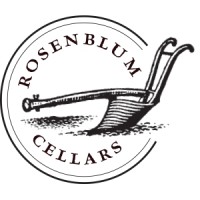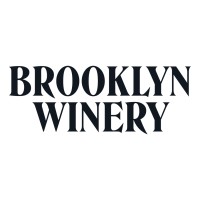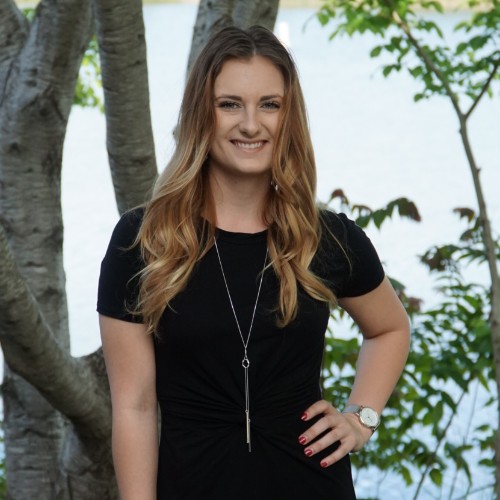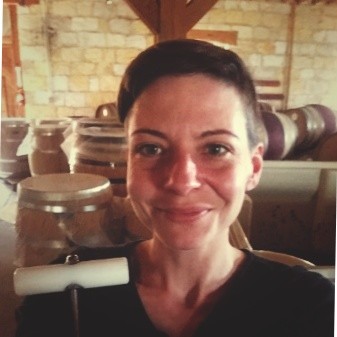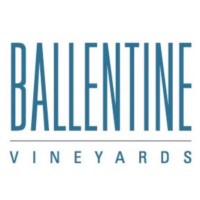
Ballentine Vineyards
Get verified emails for Ballentine Vineyards employees

About Ballentine Vineyards

|
|

|
1-10 employees
View all

|

|
Wine & Spirits
|

|
2820 St Helena Hwy N, St Helena, California 94574, US
|

|
The start of Ballentine vineyards began in 1906 long before Napa Valley made its mark on the world wine stage, Betty Ballentine’s grandfather Libero Pocai purchased 60 prime acres of Napa Valley vineyard with a handful of gold coins. The original wagon wheel that Pocai would later harvest the land with is still on display today at the estate. Libero Pocai, was an immigrant from Lucca, Italy who knew he was destined to have a vineyard, grow
grapes and make wine. He named it L. Pocai & Sons Winery and Vineyards, and he began to grow grapes, mainly Zinfandel, and applied for the 115th winery bond in 1912. At its peak it produced 50,000 gallons. Their first award winning wine, a Zinfandel, was recorded in 1947 when the first wine awards were started at the California State Fair Wine Competition. Today, we call the historic vineyard Pocai after Libero. This vineyard
continues to produce award winning wines from the same blocks including our current released Reserve Zinfandel. At a similar time Pocai was founding his land, John Ballentine, Van Ballentine’s father from Ireland, landed in San Francisco. In 1922, he traveled to Napa and purchased 160 acres of vineyards and a winery on the west hillside of Howell Mountain that was the original Sutter Home Winery. He called it Ballentine’s Deer Park, after his farm in Ireland. In 1933, right after Prohibition ended, John was one of the first to apply for a winery bond #3533 and produced his first wine in 1933. In fact, one of his wines was among the first Cabernet Sauvignon in Napa Valley. In 1940 a young and beautiful Betty Pocai meet a handsome Van Ballentine during a misty summer in Napa Valley. From there Ballentine and Pocai vineyards merged into one along with the addition of Betty’s Vineyard in 1943 which is now part of the homestead you see above. The symbol of the two circles represented on our bottles today are a symbol of these two legendary vineyards and winemakers coming together as one. Today, Ballentine Vineyards encompasses 80 acres of prime Napa Valley growing land while remaining rooted in the history of how it was created. We remain committed to the promise of our land, honoring its continuous ability to produce great wines. Our estate grown wines include not only the superb Napa Valley Cabernet Sauvignon, but other wine varietals that the land is especially well-suited to grow. We manage our historic vineyards with the support of the best science, but our own heritage has helped strengthen the already rich product. We have intimate knowledge of how to care for and farm these familiar, familial lands so they perform at their best. Our estate vineyards provide a true and authentic sense of place while producing wines that both delight the palate and surprise us with each harvest’s difference.
|
Ballentine Vineyards Email Format
The widely used Ballentine Vineyards email format is {f}{last}@ballentinevineyards.com (e.g. [email protected]), which is used 75.00% of the time.
| Ballentine Vineyards Email Formats | Example Email Formats | Percentage |
|---|---|---|
| {f}{last} | [email protected] |
75.00%
|
Frequently Asked Questions about Ballentine Vineyards
What is Ballentine Vineyards email format?
The widely used Ballentine Vineyards email format is {f}{last} (e.g. [email protected]) with 75.00% adoption across the company.
What is Ballentine Vineyards customer service number?
To contact Ballentine Vineyards customer service number in your country click here to find.
Ballentine Vineyards Staff Directory
Search Ballentine Vineyards Staff Directory
Find accurate personal emails, work emails and phone numbers for employees
Supercharge your
Prospecting &
Outreach with
ContactOut
Supercharge your Prospecting &
Outreach with ContactOut
Search Portal
Find countless prospects outside of LinkedIn fast
Accelerate prospecting with instant access to 300M professionals from 30M companies with the right contact details.

